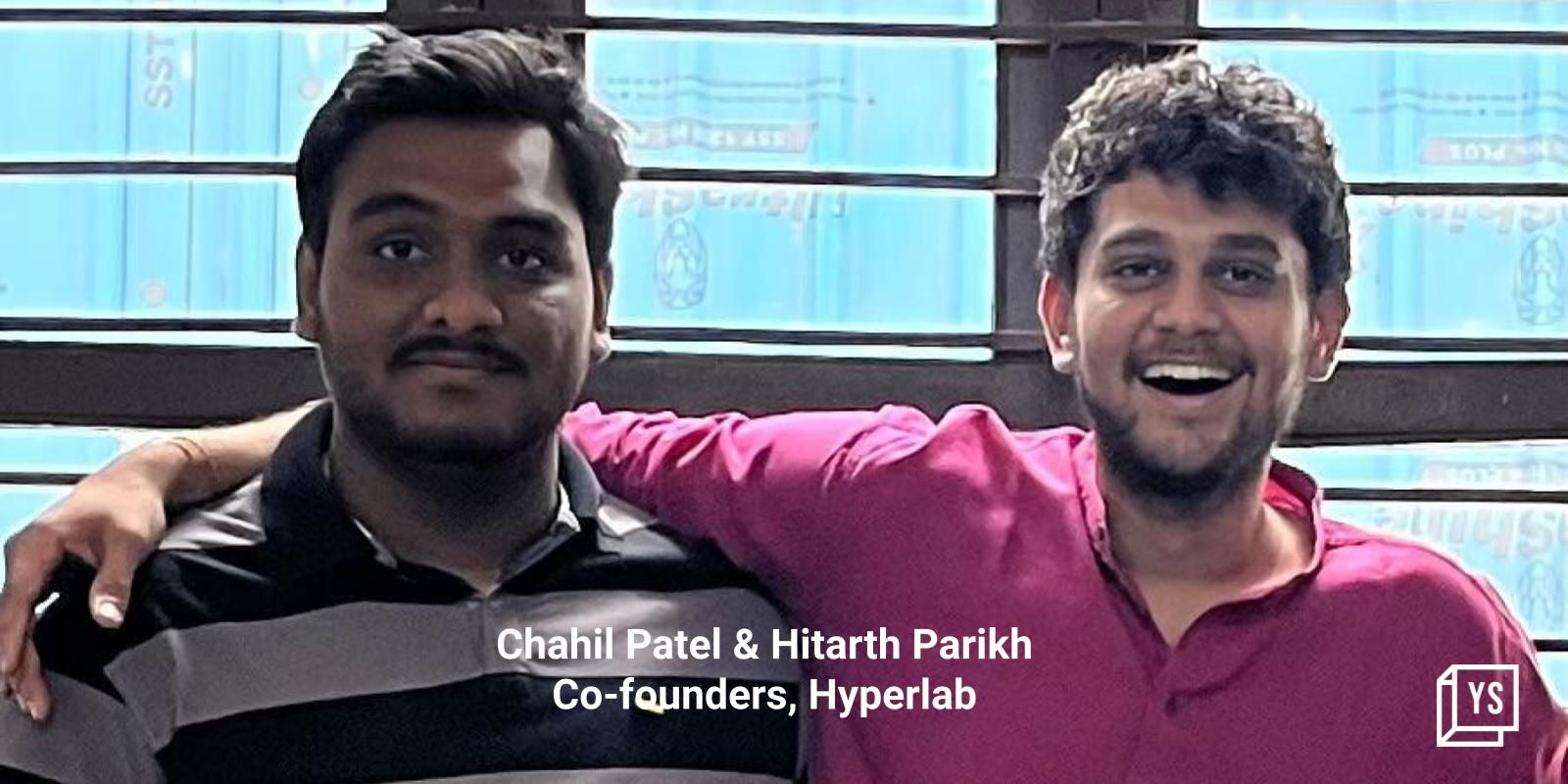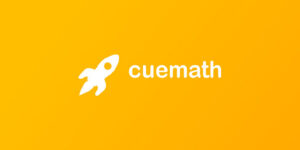
When 23-year-old Hitarth Parikh was asked to come up with a unique idea for a project during his internship at an Ahmedabad-based design studio in 2021, he knew he wanted to build something in the fitness space. A product designer by profession, Parikh grew up playing different sports until he suffered an injury a few years ago.
While various fitness devices and equipment such as treadmills and weight machines are available in the Indian market today, not all of them help sportspersons measure finer aspects like agility, reflexes, and stamina, according to Parikh.
“While these machines could help develop strength, an advanced device is needed to improve agility, stamina, and reflexes. It was a clear opportunity waiting to be tapped,” Parikh tells YourStory.
Parikh then teamed up with Chahil Patel—an Ahmedabad-based technology professional–to build Hyperlab and develop its first flagship product Helios. Co-founder Patel now heads research and development at the startup.
Helios is a smart robot that projects laser points at a distance and prompts athletes to chase the light. The device then records the movement patterns to track direction, speed, response time, and precision.
The data aids sportspersons to understand ways of improving form and helps build stamina.
“Sports tech is picking up in India at a rapid pace. It’s the right time to build an athletics-focused product,” Parikh says, adding that the robust data will help fitness enthusiasts make more informed decisions about their fitness goals.
According to Allied Market Research, the online fitness market is expected to grow at a CAGR (compound annual growth rate) of 33.1% to reach $59.2 million by 2027.
While Hyperlab’s offering is new for the Indian market, Parikh believes that sufficient awareness building can help consumers ease into the proposition. “All consumers get access to a comprehensive video to understand the product and its functionality. We are confident about onboarding a greater number of users over the next three months,” he adds.
One of its biggest competitors is US-based Blazepod, which offers multiple products to train reflexes. However, Parikh claims that Helios provides larger datasets than Blazepod which makes it a more holistic device.
Hyperlab was part of YourStory’s Tech30 companies at TechSparks 2023.
.thumbnailWrapper
width:6.62rem !important;
.alsoReadTitleImage
min-width: 81px !important;
min-height: 81px !important;
.alsoReadMainTitleText
font-size: 14px !important;
line-height: 20px !important;
.alsoReadHeadText
font-size: 24px !important;
line-height: 20px !important;

Building tech in India
The uniqueness of the product isn’t the only thing Hyperlab’s Parikh is excited about. He says that all of Helios’s hardware and software are manufactured in the country through two factories in Gujarat.
The mechanical parts such as the outer cover and inner fixtures are built in the Ahmedabad facility, while the electronic elements including stepper motors, LIDAR, laser, and controller are assembled in the Gandhinagar plant, Parikh explains.
“We have learned in the last two years that for manufacturing to take place in India, all the parts should be locally sourced. Imported parts could lead to complete loss of control in the supply chain,” Parikh says, adding that internal parts like LIDAR and controller are critical parts of the device that need to be built with accuracy.
Users can customise the device, the founder says. For instance, if one wants to enhance speed and reflexes, they could tweak the laser direction and regulate speed. The personalisation feature allows the product to be easily accessible for users across age groups, Parikh notes.
“An old person could find utility in Helios to build muscle coordination and strength. On the other hand, an injured or differently-abled person could use it for movement recovery,” Parikh adds.
Last month, Hyperlab rolled out a smartphone app, which can be used to make the functions more personal, on Google Play Store and Apple’s App Store. So far, the app has more than 60 downloads on each platform.
.thumbnailWrapper
width:6.62rem !important;
.alsoReadTitleImage
min-width: 81px !important;
min-height: 81px !important;
.alsoReadMainTitleText
font-size: 14px !important;
line-height: 20px !important;
.alsoReadHeadText
font-size: 24px !important;
line-height: 20px !important;

Plan of action
Hyperlab currently runs on a business-to-business (B2B) model and has forged partnerships with several institutions including gymnasiums, fitness centres, and sports clubs. The startup is also looking at a deal with the Sports Authority of India, the apex national sports body in the country.
“B2B is the most efficient way to build an audience and test out the demand,” Parikh said, adding that Hyperlab has received purchase orders totalling 600 devices so far.
“The manufacturing process is underway and we will soon begin dispatching orders,” Parikh notes.
Hyperlab also has direct-to-consumer ambitions.
Parikh says that Helios has also garnered immense interest among athletes and fitness enthusiasts. “Many are willing to try the product in their homes as well. The excitement motivates us to build better products,” Parikh says.
While the price of Helios is pegged at Rs 30,000-Rs 45,000 for institutional customers (depending on the number of units purchased); individual consumers can buy the product at Rs 45,000.
The plan is to scale the offering in the B2B segment enough to reduce the price of the product over time, according to Parikh. Eventually, Hyperlab aims to work with large equipment distributors like Decathlon that deal with bulk quantities.
By the end of 2024, Parikh and Patel’s Hyperlab aims to sell at least 3,000 devices. The 15-member team is also conducting research to develop three separate devices for swimming, football, and cricket, which will contain metrics specific to that sport, Parikh adds. “Once we manage to create our own product line, our foundation will be strong. Building the portfolio will become easier thereafter,” he quips.
While three-year-old Hyperlab is currently bootstrapped, the team hopes to start fundraising talks in March to expand the product line, manufacturing capabilities, and technical expertise.
Edited by Affirunisa Kankudti










